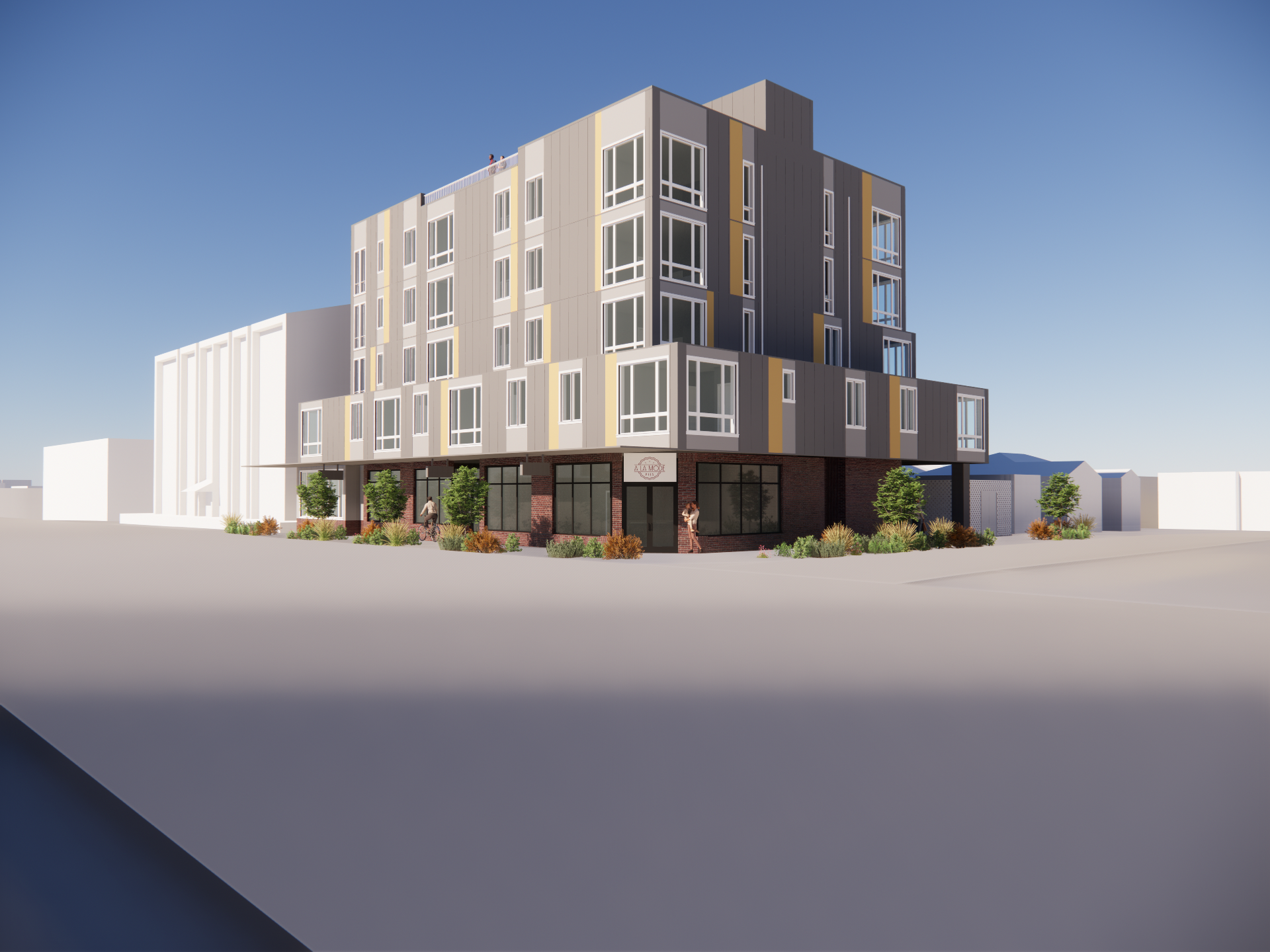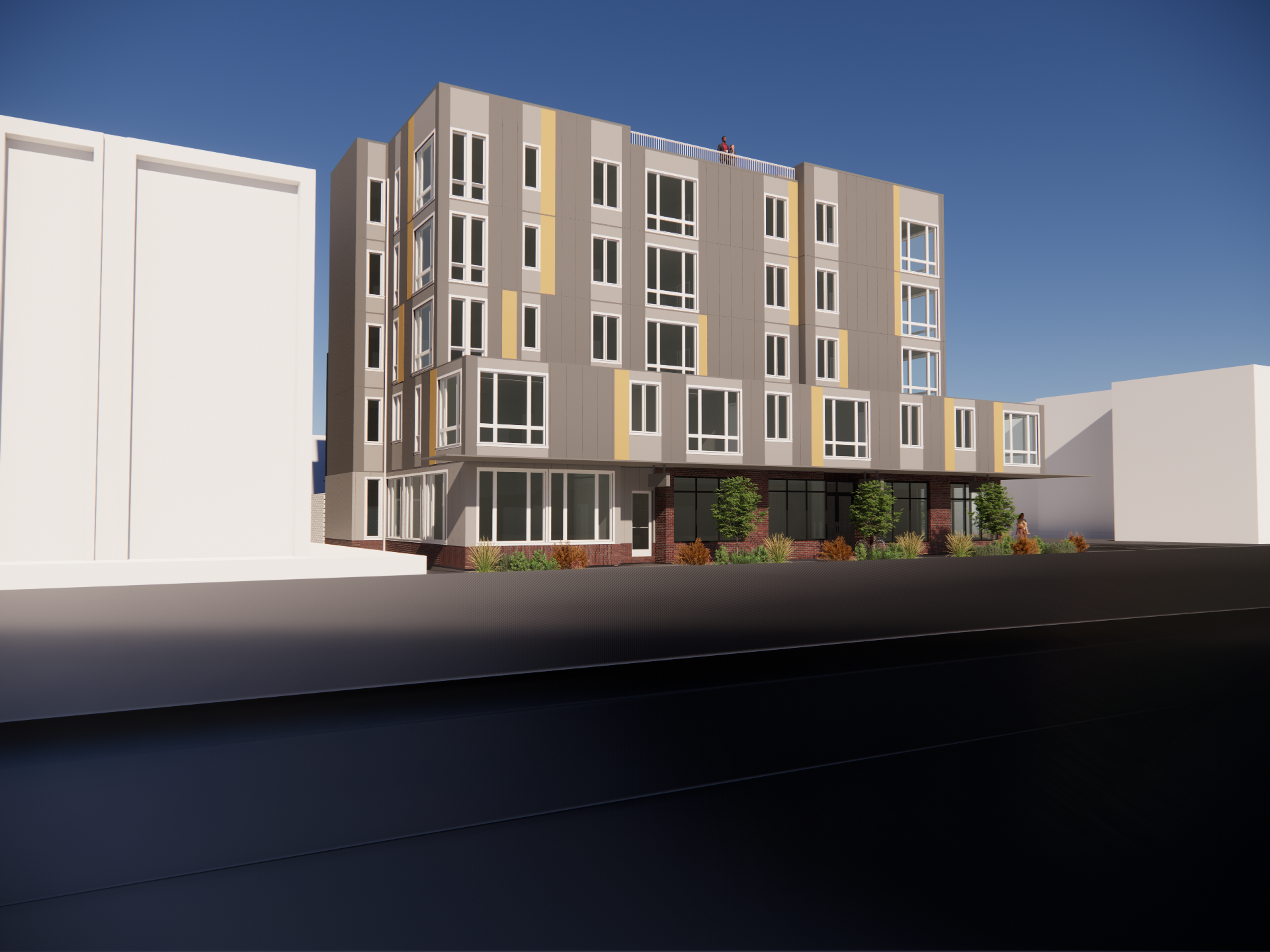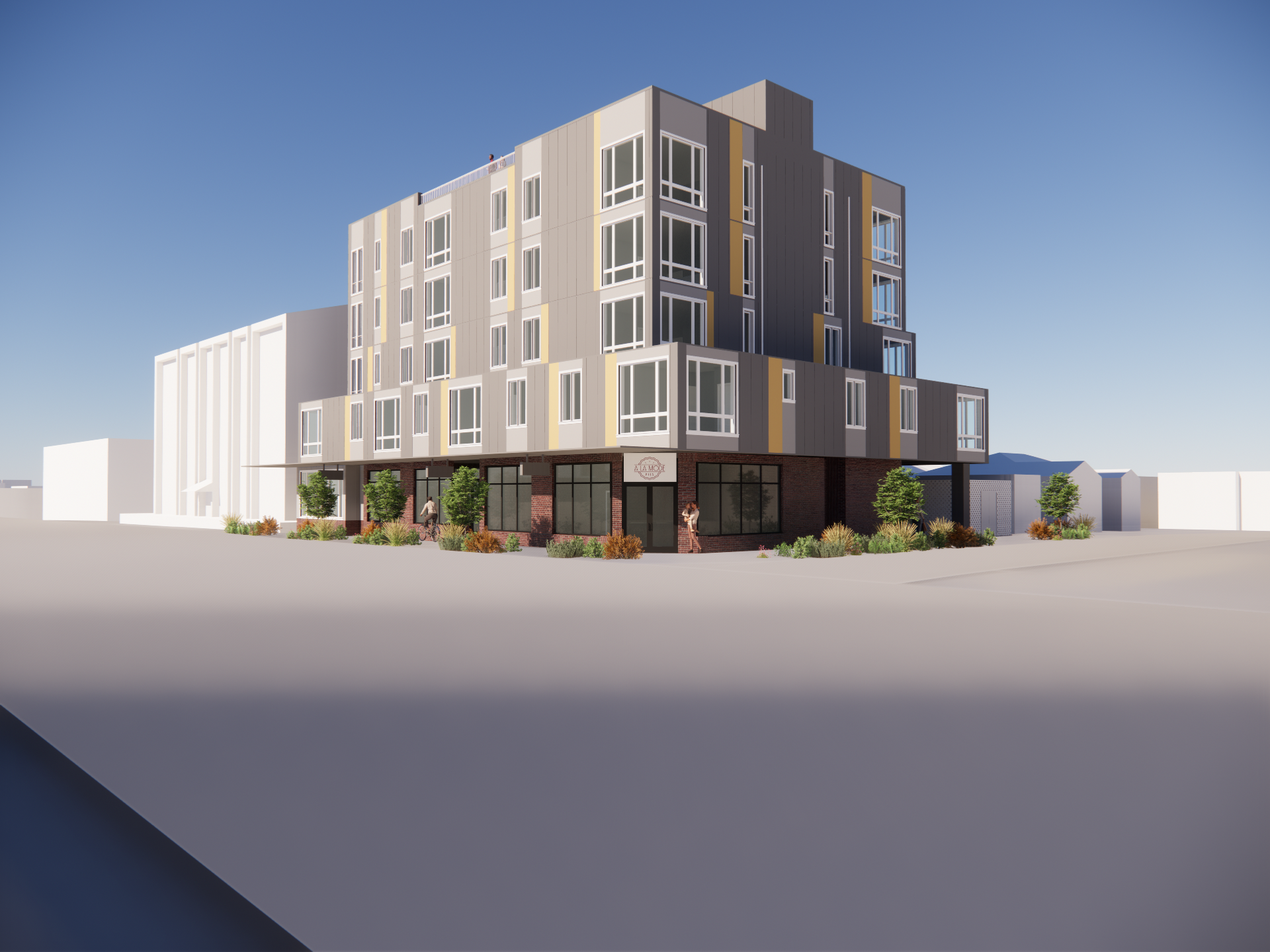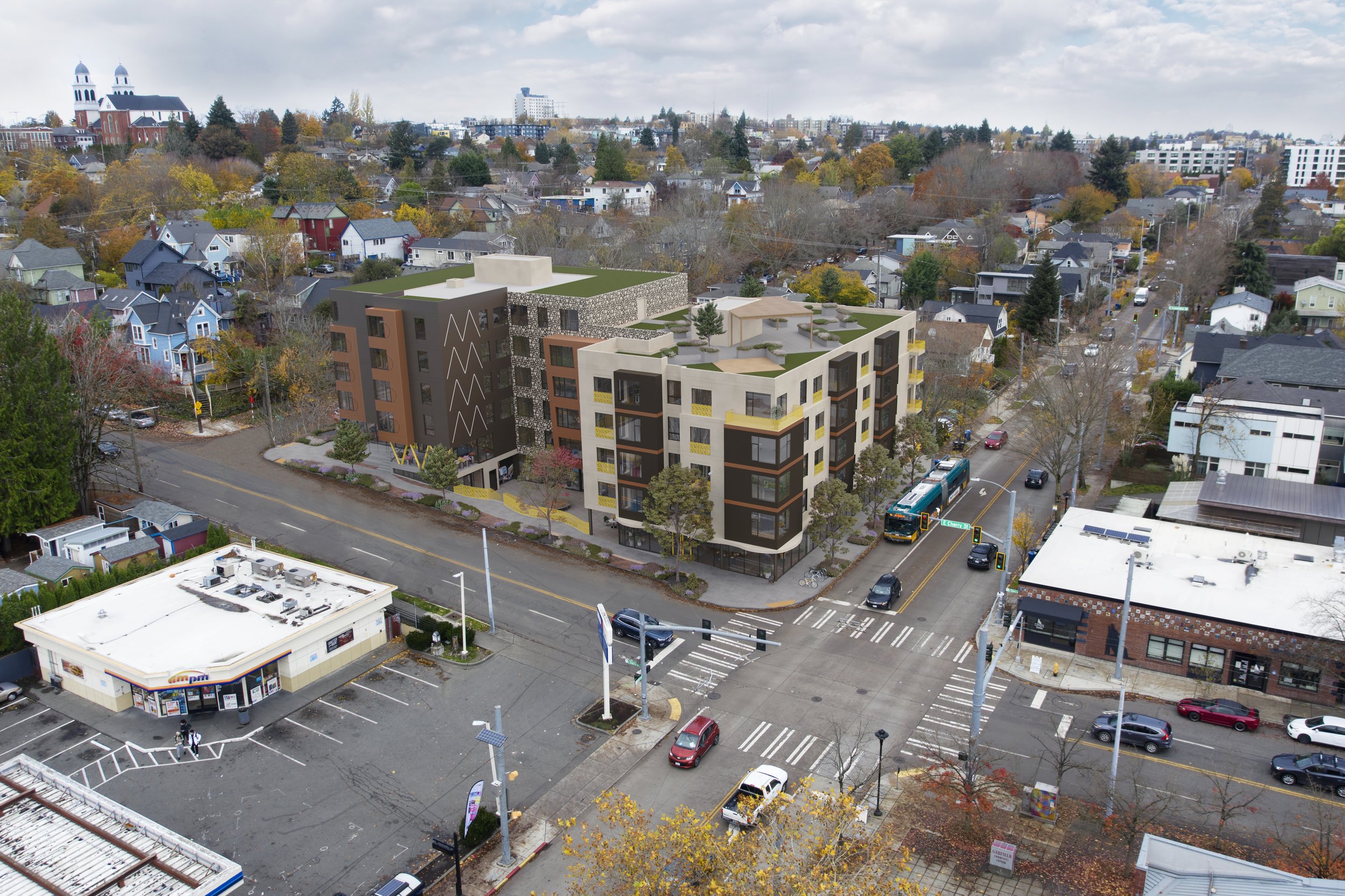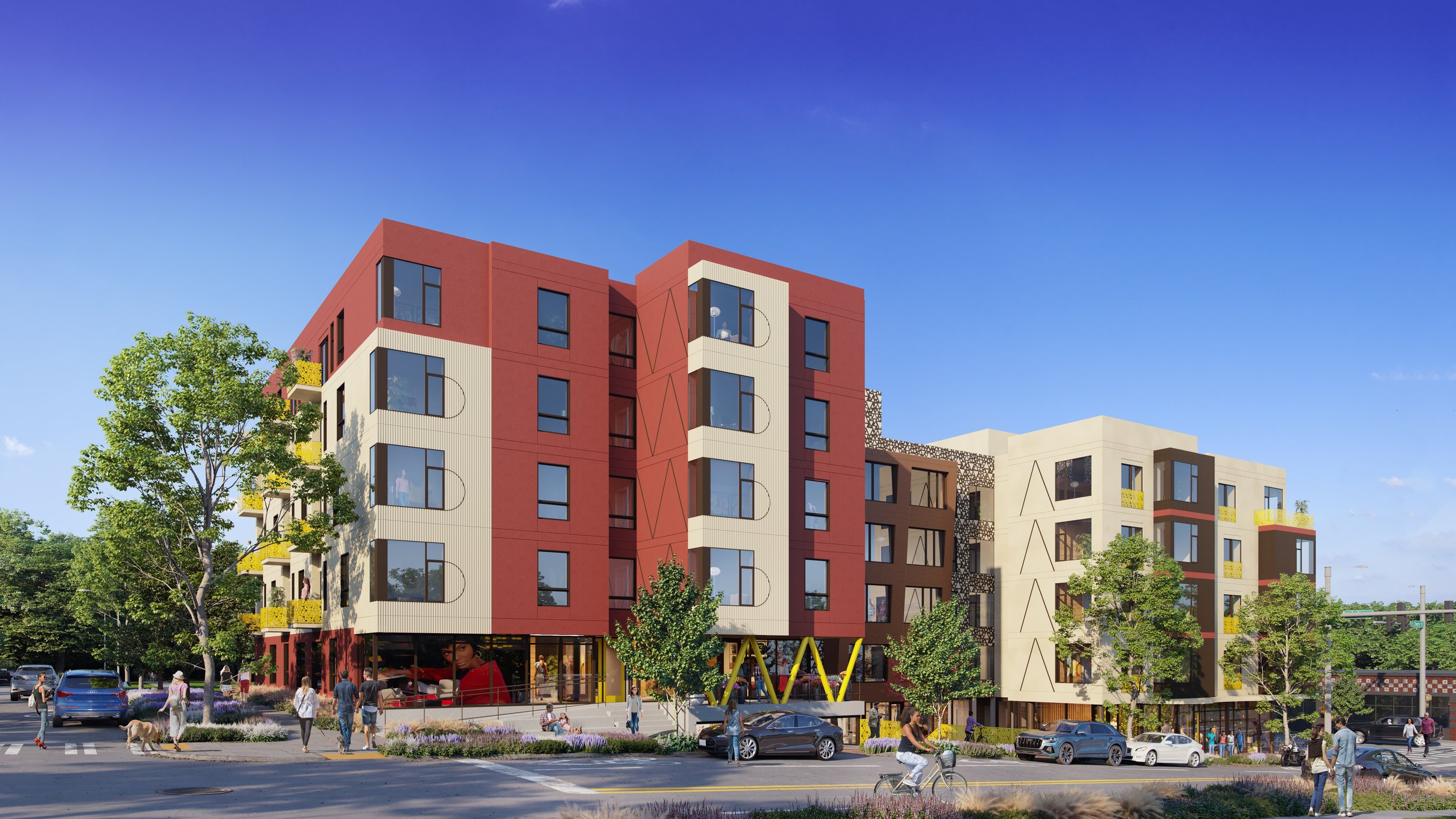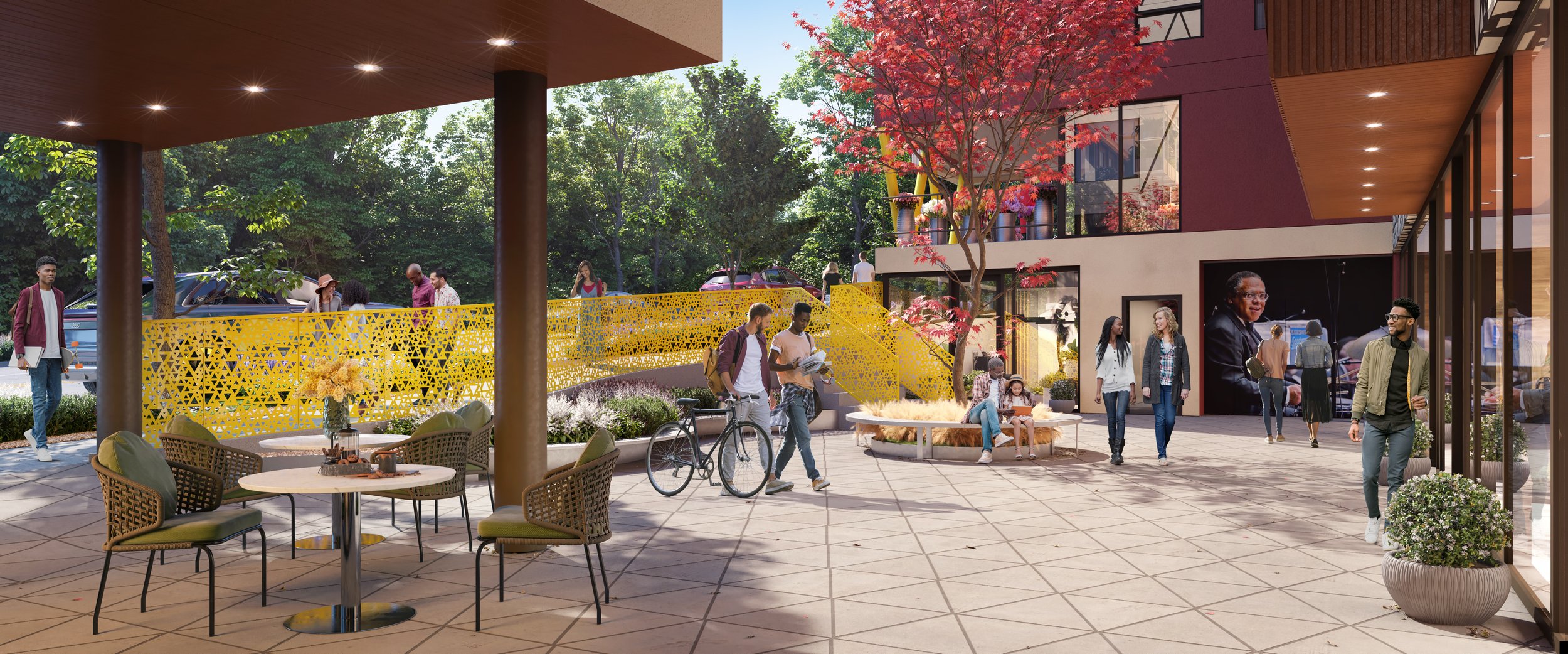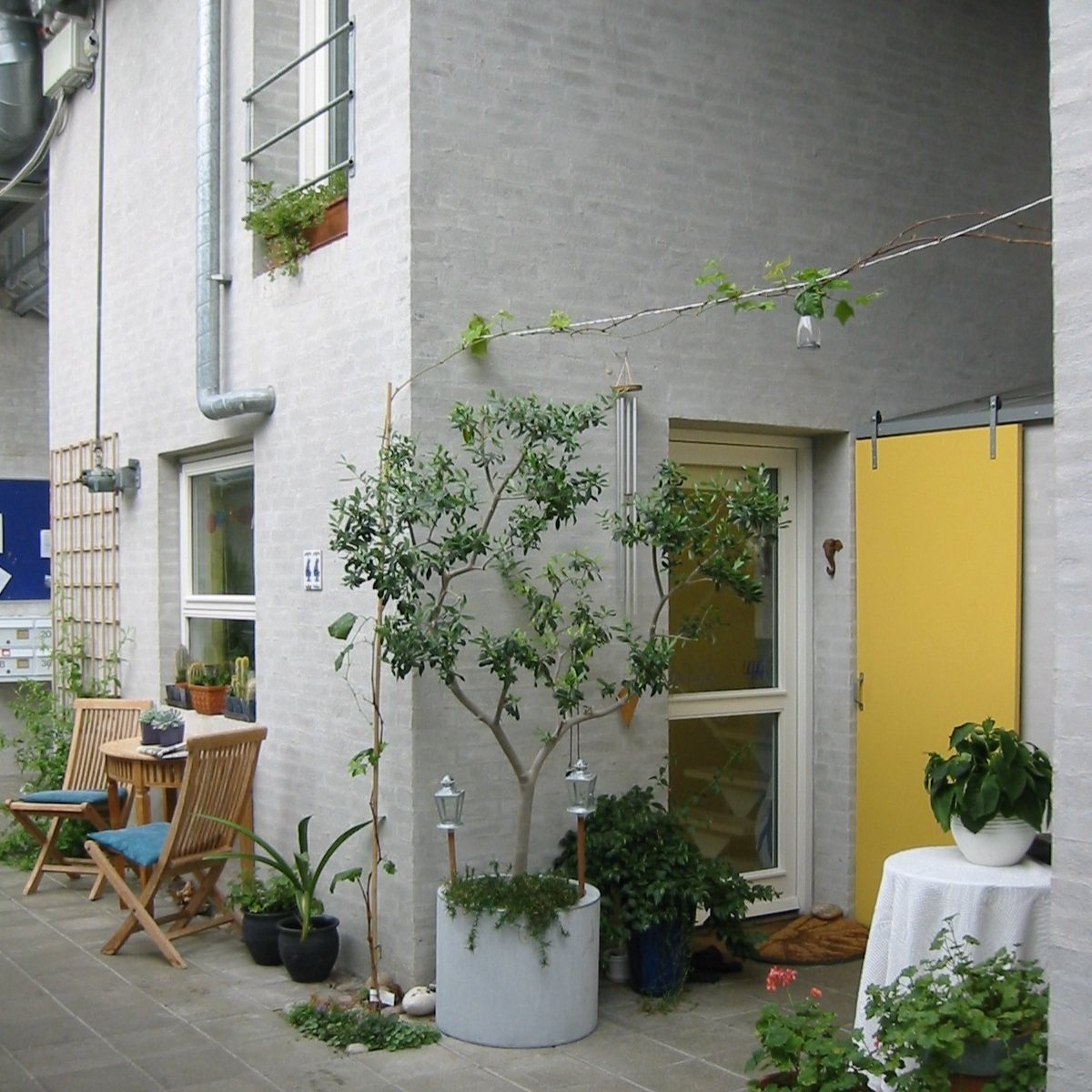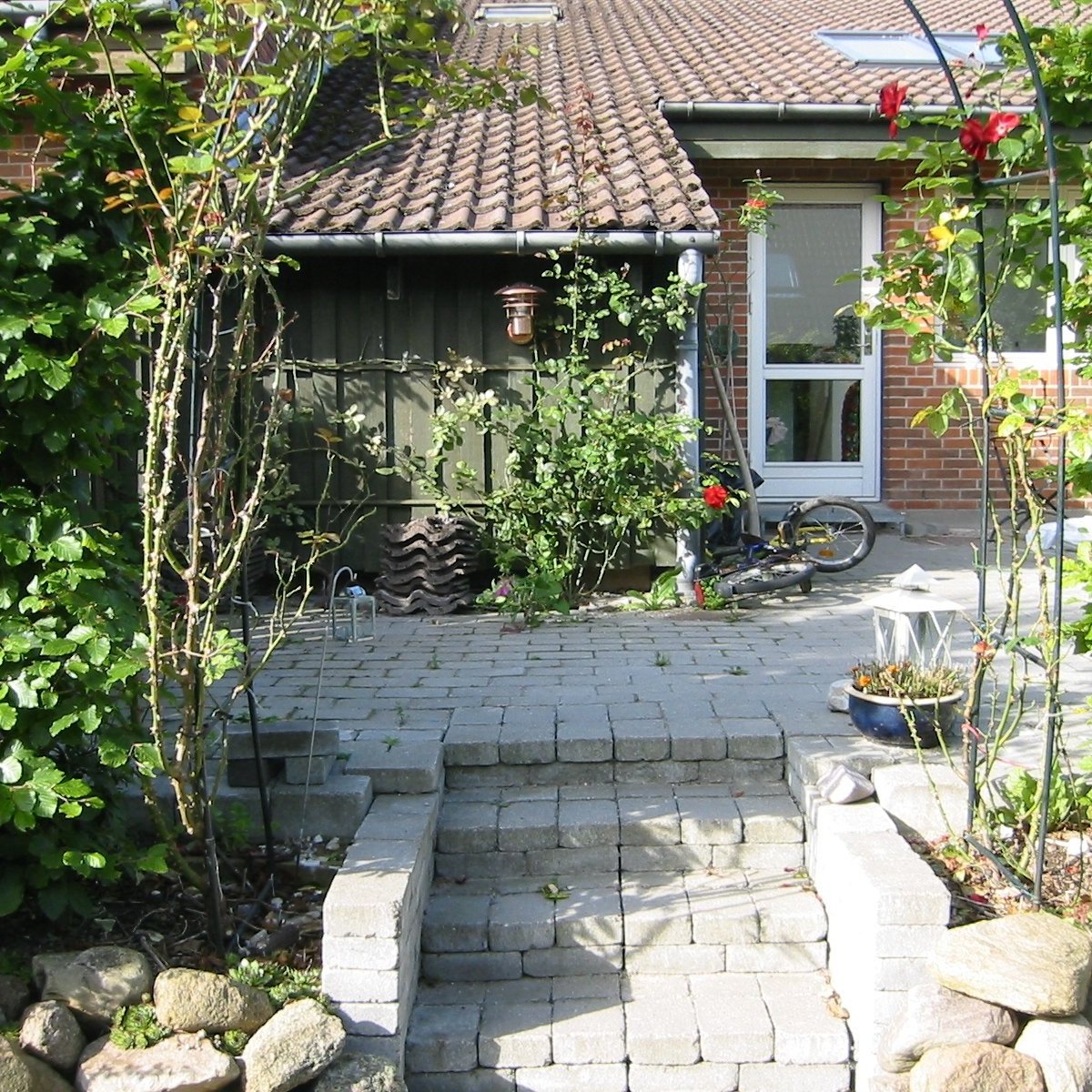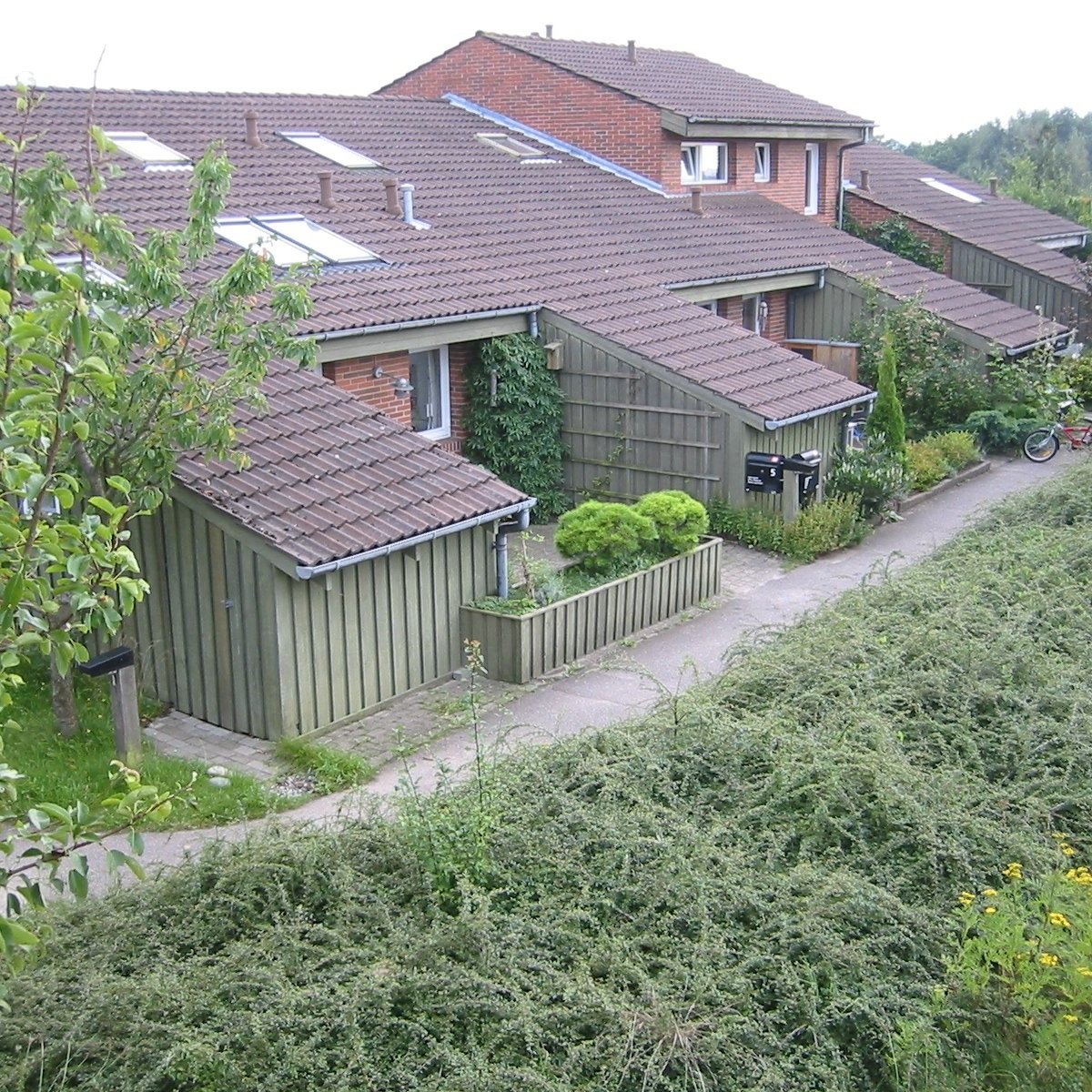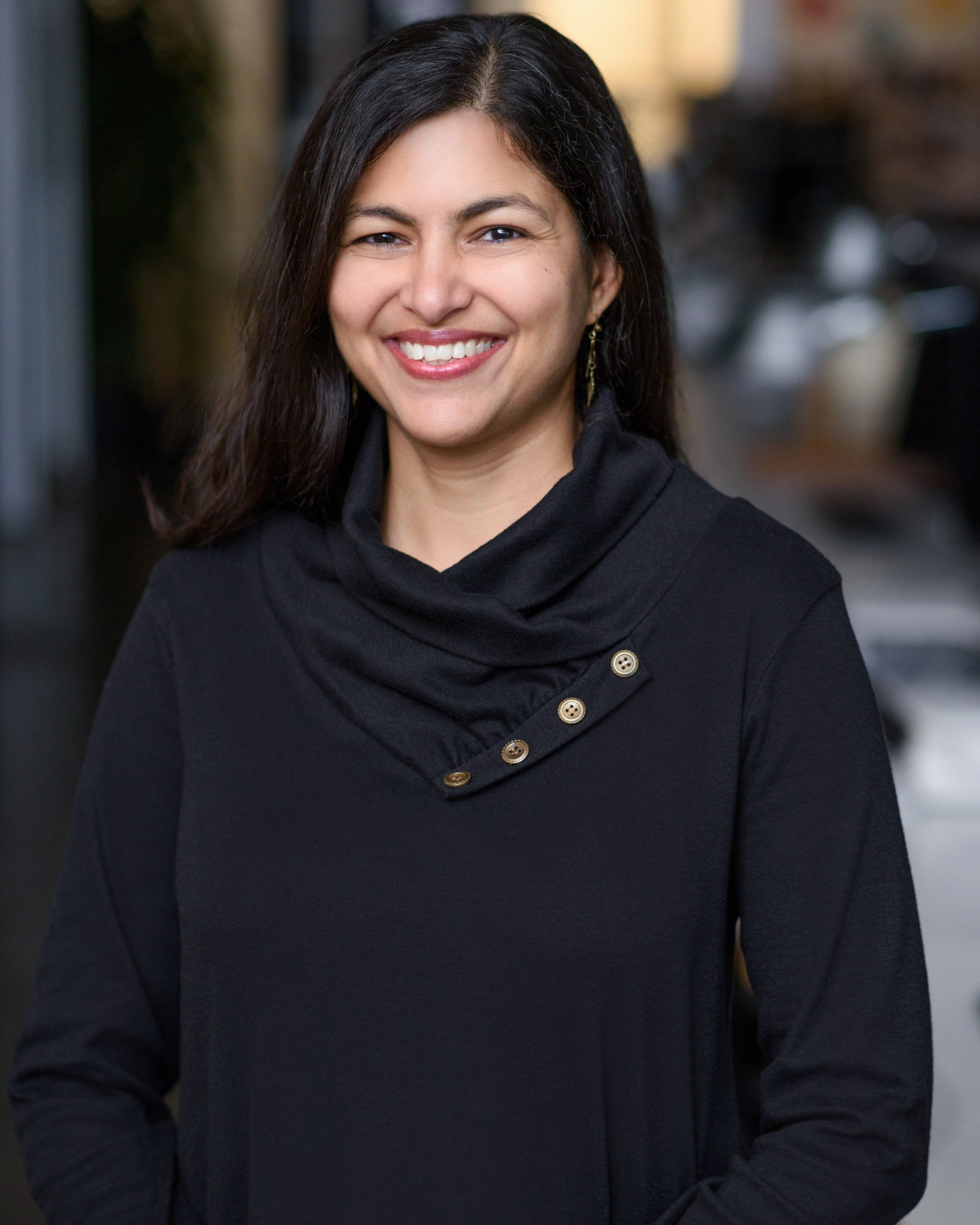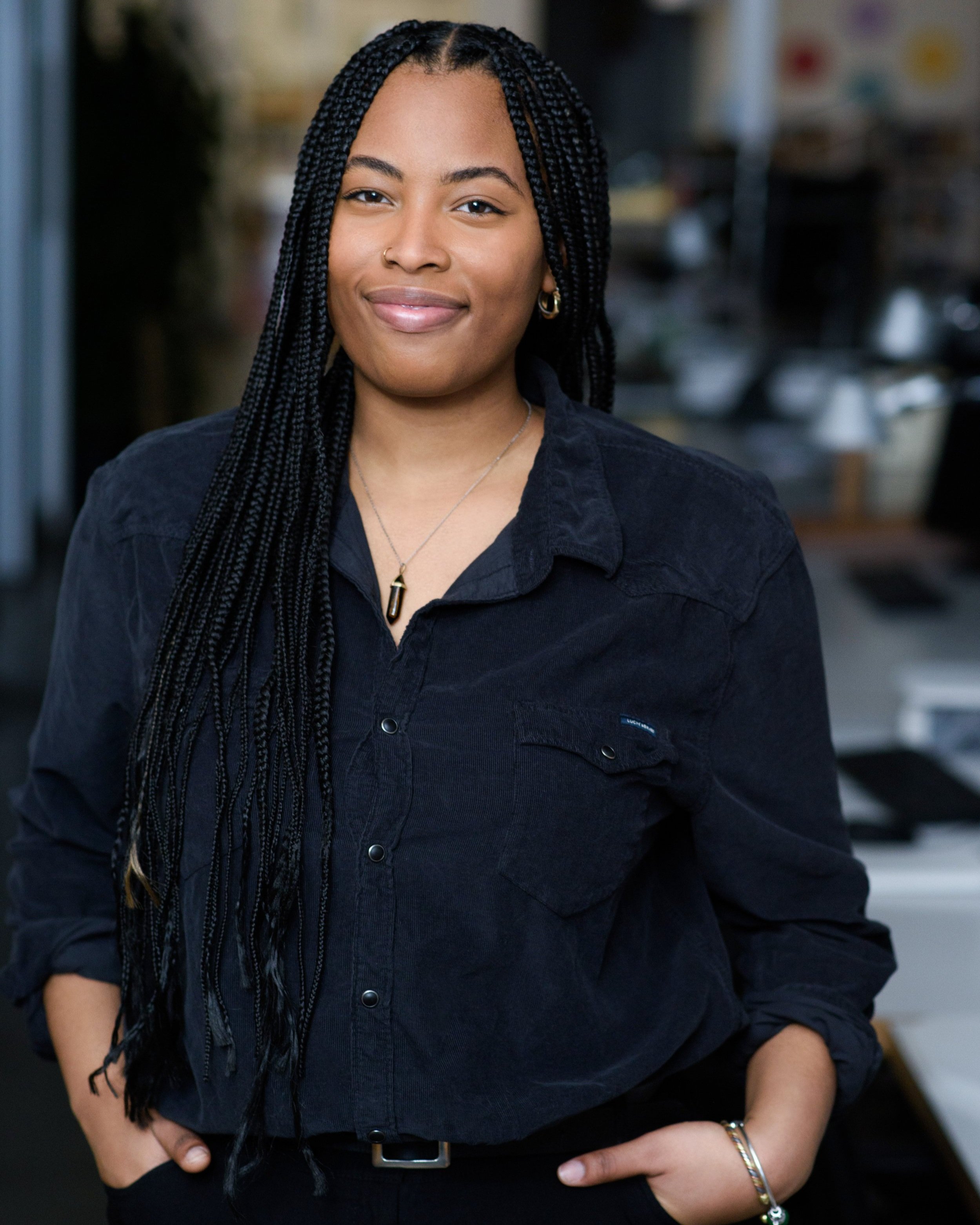Russo Apartments is a two-story rooftop addition containing 28 new units to accommodate a growing demand of residents in the heart of Seattle’s Queen Anne / Uptown Neighborhood. The original building was constructed in 1906 and featured six street-facing commercial spaces and two stories of residential units. Throughout its history, the building has experienced several significant alterations and survived two fires.
To bring the 111-year-old building up to twenty-first century standards, improvements included a complete fire, structural, seismic, energy, and building code upgrade to the existing residential units. Re-imagining the circulation of the existing structure as an efficient interior corridor, stair and elevator systems created an opportunity for the exterior walkways to be converted into private balconies for each unit.
The contemporary two-story rooftop addition is set back from the street and contrasts with the historical building below. The addition’s exterior is clad in a dark tone with vertical bands. Large, floor-to-ceiling windows and little ornamentation add to the minimalist aesthetic. Below, the existing building’s exterior stucco was removed and replaced with light-colored horizontal siding, reminiscent of its original lap siding. The contrast in exterior treatments nods to Russo Apartments’ history while embracing the inherent juxtaposition of old and new. At street level, the six commercial spaces continue to activate the already walkable neighborhood and provide a pedestrian-oriented anchor to the homes above. The storefronts benefit from the removal of an oversized awning that was replaced with a modern, lighter canopy.
In total, the renovations and additions to Russo Apartments provide much needed modernization to the building, the final product being contemporary, while still appropriate and contextual within the historic, vibrant, and expanding neighborhood.



